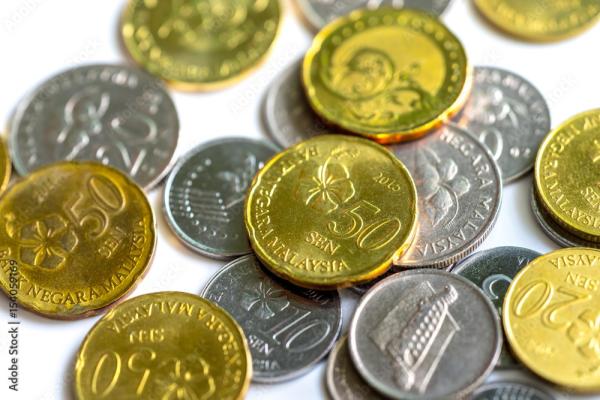KUALA LUMPUR, April 30 — Malaysia’s headline inflation moderated to 1.4 per cent in March 2025, down from 1.5 per cent in February, while core inflation held steady at 1.9 per cent, said Bank Negara Malaysia (BNM).
It attributed the divergence to the waning effects of past policy adjustments on non-core Consumer Price Index (CPI) components, including water and electricity tariffs, which had risen in the same period last year.
“As such, this posed a drag on headline inflation,” BNM said in its Monthly Highlights for March 2025 today.
It added that inflation in other non-core CPI components, like fresh food and RON97 fuel, also moderated in line with easing global commodity prices.
The wholesale and retail trade index rose 3.9 per cent in February 2025, compared with 3.8 per cent in January.
Increased activity in the wholesale of machinery, equipment, and supplies supported growth in the wholesale segment. The retail segment continued to expand, though at a moderate pace, driven by retail sales in non-specialised stores.
The motor vehicle segment remained in contraction, though slower, reflecting a normalisation in car sales following three years of historically high performance.
Credit to the private non-financial sector grew by 5.5 per cent as of end-March 2025, up from 5.1 per cent in February. This was supported by stronger growth in outstanding corporate bonds (5.3 per cent; February: 3.8 per cent), and sustained loan growth (5.6 per cent; February: 5.5 per cent).
Business loan growth rose to 4.8 per cent (February: 4.5 per cent), mainly due to higher working capital financing among non-small and medium enterprises.
Household loan growth held steady at 6.0 per cent, with sustained expansion across most loan categories.
Global financial markets experienced heightened volatility amid rising uncertainty over the United States' (US) trade policies.
Investor sentiment weakened due to concerns over a potential global economic slowdown and growing expectations of deeper US interest rate cuts.
Amid concerns over the US economy and the dollar, the ringgit appreciated 0.7 per cent against the greenback. The nominal effective exchange rate rose 0.2 per cent, with a 0.4 per cent increase in the regional average.
Yields on 10-year Malaysian Government Securities fell two basis points, against a regional average decline of 3.6 basis points.
Meanwhile, the Bursa Malaysia benchmark index, the FTSE Bursa Malaysia KLCI (FBM KLCI), slipped 3.9 per cent (regional average: 1.4 per cent) amid net foreign outflows, driven by increased investor risk aversion.
BNM said the banking system remained sound, with liquidity buffers intact. The aggregate liquidity coverage ratio stood at 151.6 per cent in March (February: 154.4 per cent).
The aggregate loan-to-fund ratio rose slightly to 83.9 per cent from 83.0 per cent, supported by continued loan growth.
The gross impaired loans ratio edged down to 1.4 per cent (February: 1.5 per cent), while the net impaired loans ratio was stable at 0.9 per cent.
The loan loss coverage ratio, including regulatory reserves, remained prudent at 131.3 per cent of gross impaired loans, compared with 130.3 per cent in February.
— Bernama


